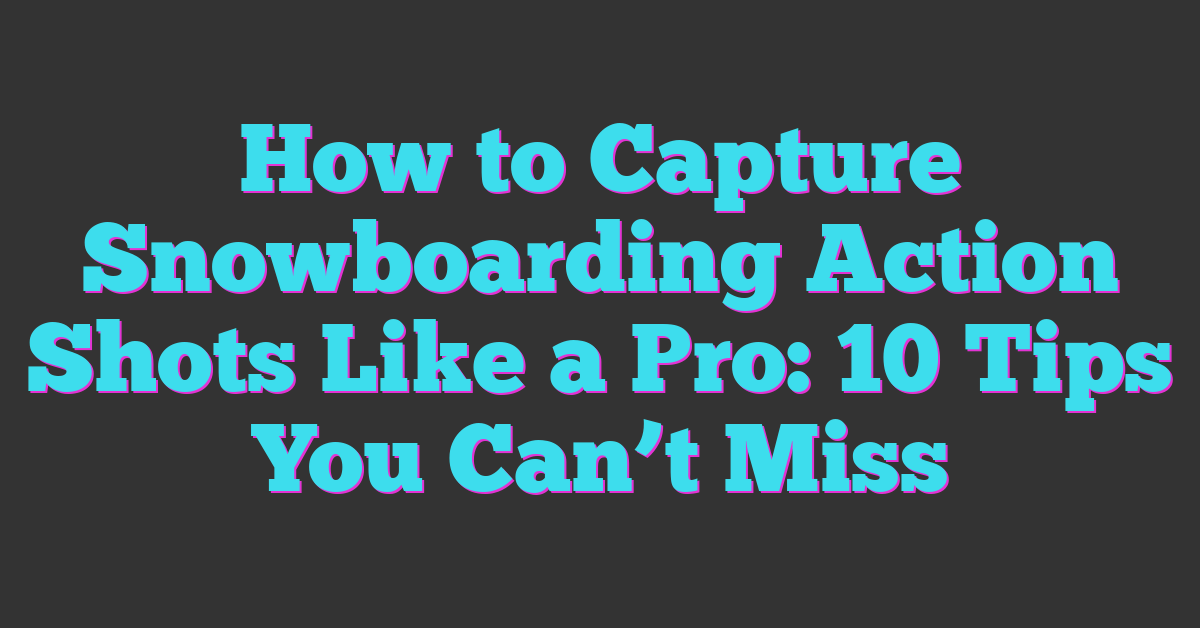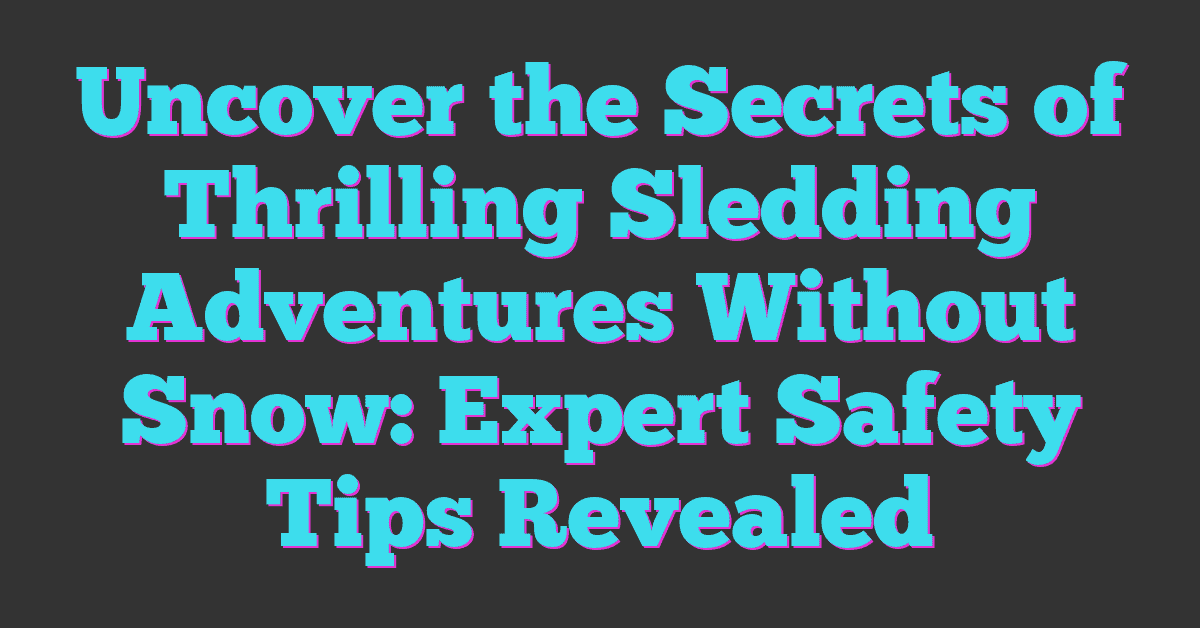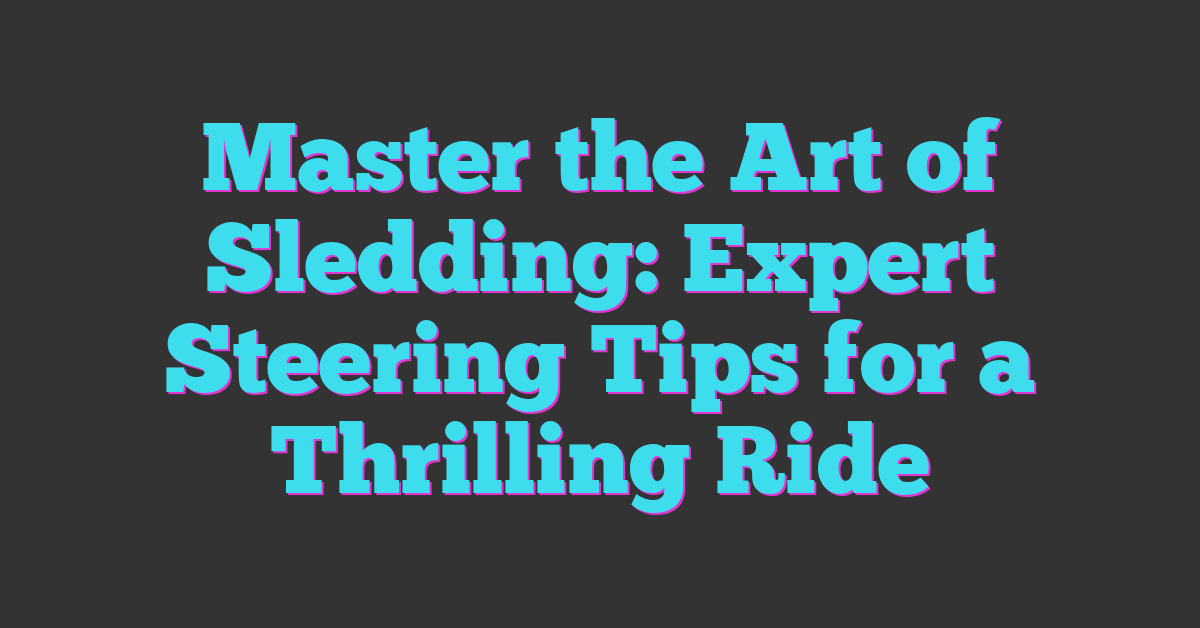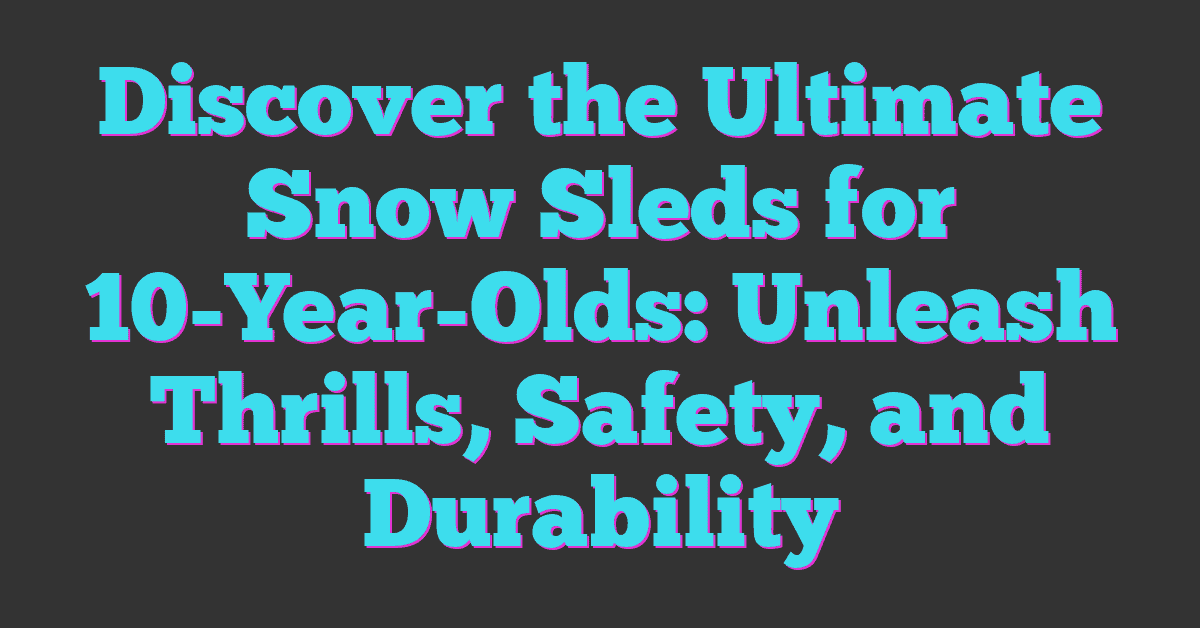Capturing snowboarding action shots is an exciting way to freeze those thrilling moments on the slopes. Whether you’re a beginner or a seasoned photographer, getting the perfect shot takes a mix of timing, technique, and a bit of creativity.

Understanding Snowboarding Action Photography
Capturing snowboarding action shots means freezing high-speed moments filled with energy and skill. You focus on gear and camera settings that keep your shots sharp and vibrant amid snow and fast moves.
Essential Gear for Capturing Action Shots
Your camera must handle fast action with speed and precision. Choose a DSLR or mirrorless camera with rapid continuous shooting, such as 10+ frames per second. Use a lens with a wide zoom range, like 24-70mm or 70-200mm, to track movement from different distances. A lens with image stabilization helps reduce blur on uneven terrain. Carry extra batteries; cold weather drains them quickly. A weather-sealed camera and lens protect your gear from snow and moisture, letting you shoot confidently. Don’t forget a sturdy neck or hand strap for secure handling while navigating slopes.
Key Settings for Snowboarding Photography
You rely on fast shutter speeds to freeze airborne tricks, targeting speeds of 1/1000 second or faster. Set your camera to continuous autofocus (AF-C) to track changing subjects in real time. Use burst mode to capture multiple frames per action, increasing the chance of nailing perfect shots. Adjust ISO between 100 and 400 for bright daylight but raise it if conditions get cloudy or dusk arrives, avoiding unnecessary noise. Opt for aperture values between f/4 and f/8 to balance sharpness and background blur, isolating the rider clearly. Shoot in RAW format to preserve maximum detail for post-processing adjustments.
Techniques to Capture Dynamic Snowboarding Shots
Capturing snowboarding action requires mastering angles and movement to bring the thrill to life. Your shots show the power and style behind every carve and jump.
Choosing the Right Angles and Perspectives
Start with low angles to emphasize height and speed. Shooting from below makes jumps look massive and riders more heroic against the sky. Move around for varied views—side shots capture board control, while front angles showcase facial expressions. Use wide lenses close to the rider for immersive shots or telephoto lenses from a distance to isolate the action. Position yourself near features like rails, jumps, or powder walls to add context and energy. Always anticipate the line your snowboarder takes to capture the peak moment with your chosen perspective.
Using Motion Blur and Freeze Frame Techniques
Use fast shutter speeds, 1/1000 second or faster, to freeze sharp action in mid-air or on the descent. This isolates details like snow spray and muscle movement crisply. Alternatively, slow shutter speeds around 1/30 to 1/60 second create motion blur that conveys speed and direction. Panning your camera in sync with the rider keeps them sharp while blurring the background for dynamic energy. Experiment with both techniques to add variety and emotion to your shots—freeze frame shows technical skill while motion blur captures raw momentum. Adjust your ISO and aperture to balance exposure when switching methods on bright snow.
Tips for Shooting in Snowy and Challenging Conditions
Capturing snowboarding action shots means facing bright snow, rapidly changing light, and cold weather. Tackling these challenges sharpens your skills and helps get amazing images.
Managing Light and Exposure in Snow
Snow reflects a lot of light, often causing your camera’s meter to underexpose the shot, making snow look gray instead of white. Increase exposure by +1 to +2 stops to keep the snow bright and crisp. Use spot metering on the snowboarder to maintain proper exposure for your subject’s details. Shoot during golden hours—early morning or late afternoon—when the light is softer and warmer, adding depth to your shots. Avoid harsh midday sun which can create strong shadows and blown-out highlights. Utilize your camera’s histogram to monitor exposure precisely and adjust quickly on the slopes.
Protecting Your Equipment from the Elements
Snow, moisture, and cold temperatures can quickly damage your gear if you’re not careful. Use weather-sealed cameras and lenses to reduce the risk of water damage. Carry microfiber cloths and lens hoods to keep lenses clean from snowflakes and fog. Keep spare batteries warm inside your jacket since cold depletes battery life faster. Avoid breathing directly onto your camera to prevent lens fogging. Store your equipment in padded, waterproof bags when not in use to shield them during breaks or transport. Having protective gear lets you focus on your shots without worrying about your camera’s safety.
Post-Processing to Enhance Snowboarding Action Photos
Post-processing sharpens the thrill and energy captured in your snowboarding shots. You can bring out details and moods that make your photos pop.
Basic Editing Techniques for Snow Shots
Start by adjusting exposure to brighten your subject without washing out the snow. Increase contrast to define shapes against the white background. Use highlights and shadows sliders to balance the bright snow and darker gear or terrain. White balance tweaks remove any bluish cast caused by snow reflections, restoring natural colors. Crop your image to focus on the rider or to improve composition. Sharpen details like the board edge and snow spray to add texture and impact.
Adding Effects to Emphasize Motion and Energy
Use motion blur selectively to show speed without losing subject clarity. You can apply radial or directional blur in post to highlight jumps or carving turns. Enhance the snow spray by increasing clarity and texture around edges, making it look dynamic. Add subtle vignettes to draw the eye to the rider and add depth. Experiment with color grading to boost cool blues or sunset oranges, setting the vibe of the moment. These effects combine to recreate the rush and power of snowboarding in each frame.
Conclusion
Capturing snowboarding action shots is all about embracing the thrill and energy of the sport. With the right approach and a bit of practice, you’ll find yourself freezing those epic moments that tell a story.
Remember to stay creative and patient, experimenting with angles and settings until you discover your unique style. Most importantly, enjoy the process—each shot is a chance to share the excitement of the slopes through your lens.










